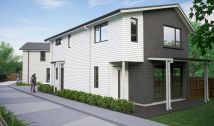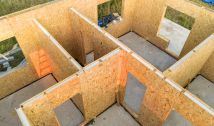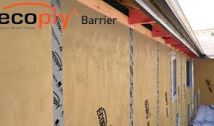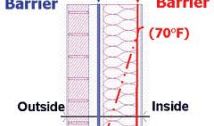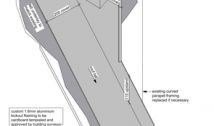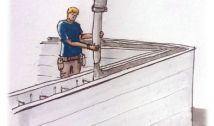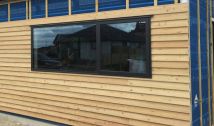The Importance of Pressure Balanced Cavity Systems
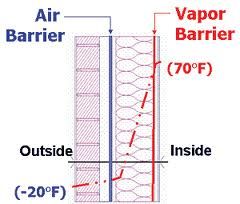
The Importance of Pressure Balanced Cavity Systems
Cavity construction was introduced with the change in the Building Code in 2004. Two of the 4 Ds are covered with these Pressure Balanced Cavity Systems, that is ‘Drainage’ and ‘Drying’.
The idea with a Pressure Balanced Cavity System is to wrap your home and make it air tight, then put your cavity and then you clad the cavity. So we end up with an air-tight seal, a cavity and then cladding on the cavity.
The key is that liquid water and water vapour naturally want to travel from a high pressure (weather outside your home) to a low pressure (the atmostphere inside your home). It will travel from cold to warm, and it will travel from wet to dry. So there are many factors about homes that simply want to draw liquid water and water vapour in.
The only thing stopping moisture getting into your home is the air seal layer creating a true pressure balanced air cavity just behind the cladding. As the pressure, temperature and relative humidity in the pressure balanced cavity are equal to the pressure, temperature and relative humity outside of the cavity, there is little opportunity for the movement of liquid water or water vapour.
So if you’ve got a Pressure Balanced Cavity then you won’t have the transfer of air pressure and therefore you won't have the transfer of liquid water or water vapour. If water does somehow get into the air cavity system, it will drain and/or dry before it can enter your home as it cannot pass through the air seal.
Unless that seal has been compromised - See "Understanding Air Barrier Systems and "The difference between Flexible and Rigid Air Barrier Systems"




